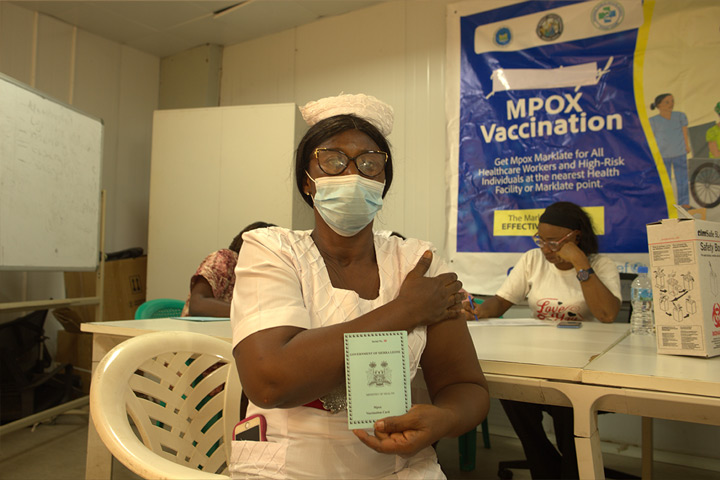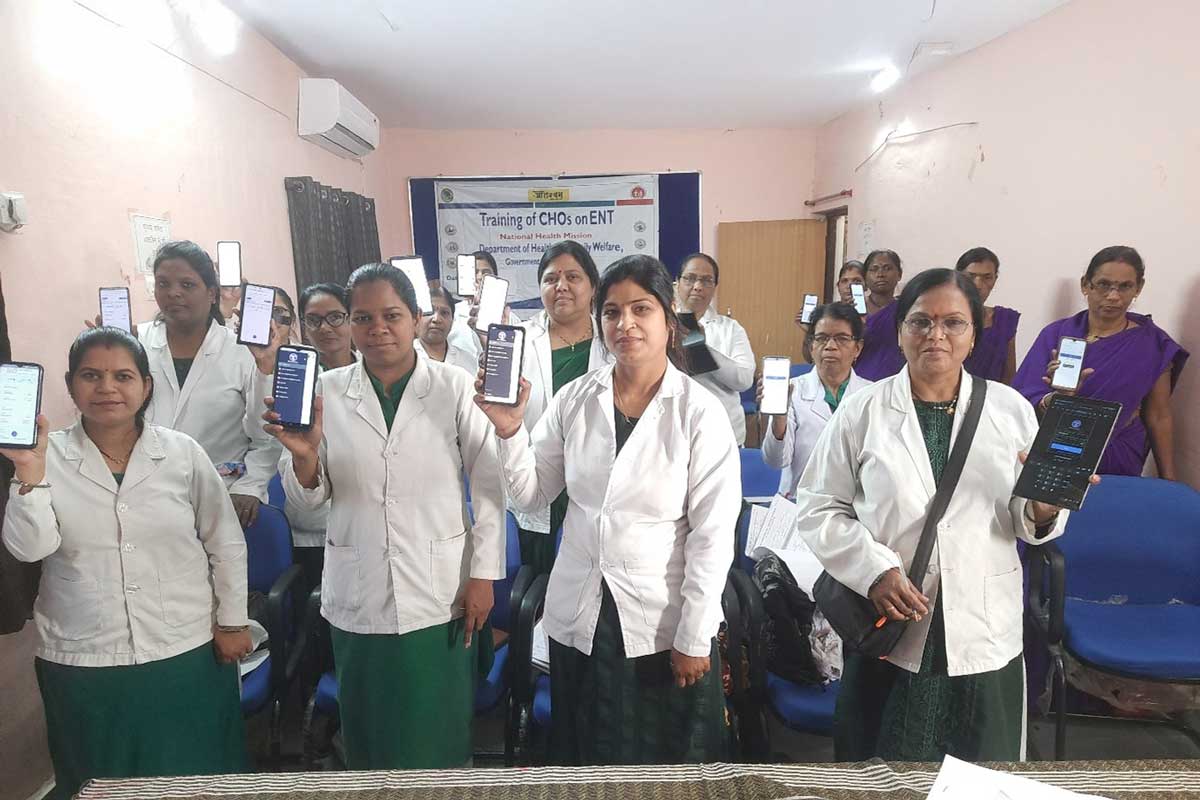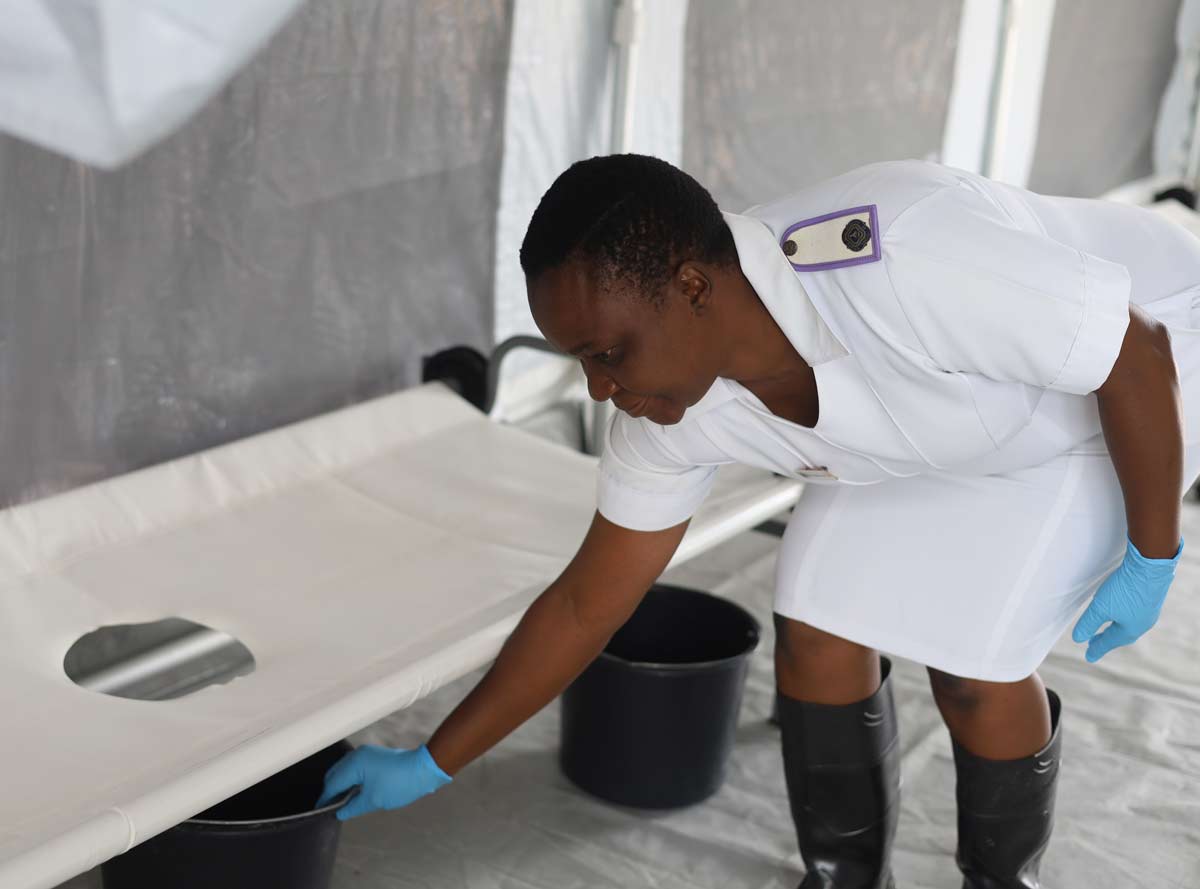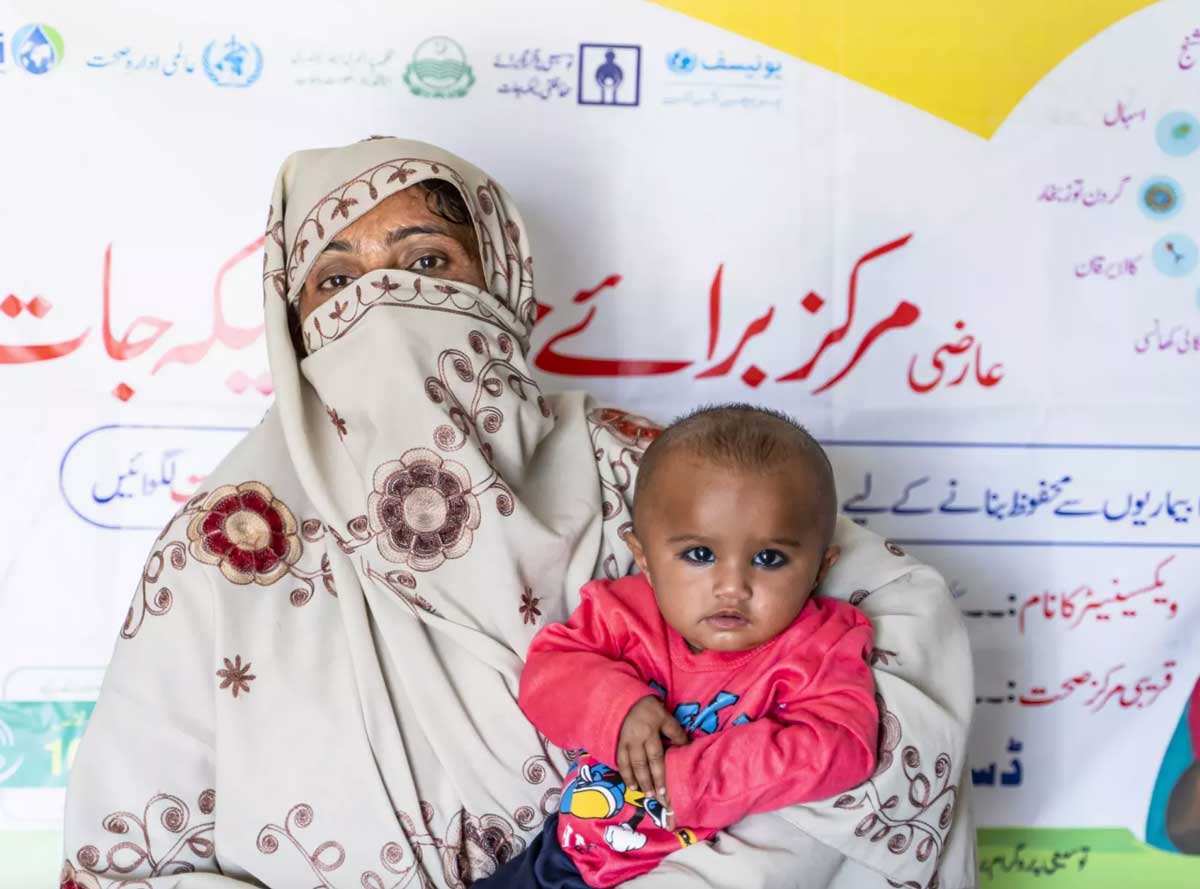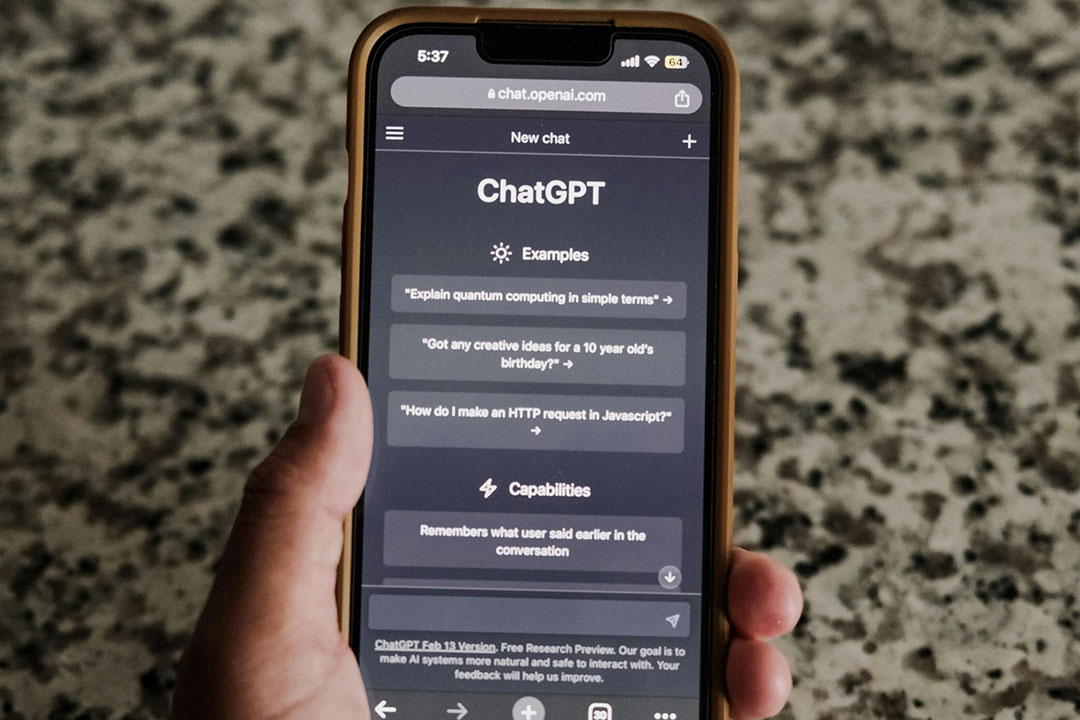Drug firms ‘must prioritise underserved patients’
Big gaps remain in drugs companies’ efforts to reach those in poorer countries, according to new analysis.
- 12 September 2024
- 6 min read
- by SciDev.Net
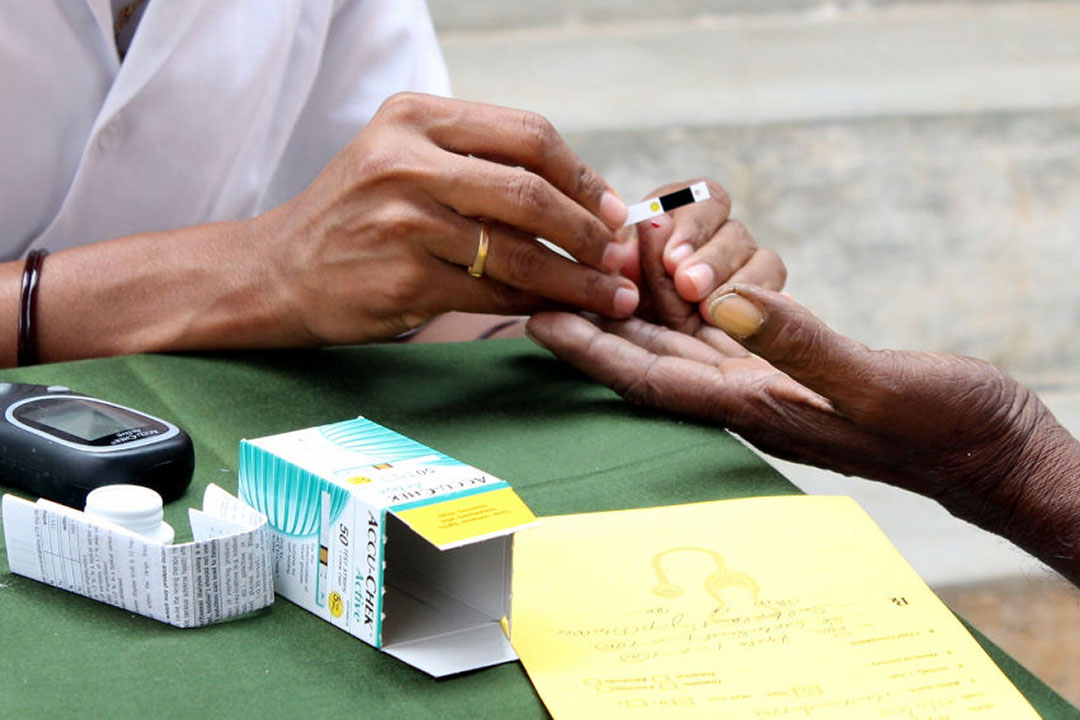
- Pharma companies’ strategies for reaching people in poorer countries are largely ‘unclear’
- Companies must set 'quality' goals for getting drugs to affected communities
- Biggest gap is in diseases such as cancer and diabetes
Pharmaceutical companies must prioritise efforts to reach patients in underserved parts of the world with medicines such as insulin for diabetics and, crucially, measure the effectiveness of these efforts, says Jayasree Iyer, CEO of the Access to Medicine Foundation.
“If [underserved] patient reach is not as a theme an important topic discussed at the top level of a company, then you’re making your products only to make money out of your products,” Iyer tells SciDev.Net as the non-profit organisation publishes new analysis on the issue.
People in low- and middle-income countries comprise 80 per cent of the world’s population, yet they still face significant challenges in accessing essential healthcare products, the foundation says.
“If patient reach is not as a theme an important topic discussed at the top level of a company, then you’re making your products only to make money out of your products.”
Jayasree Iyer, CEO, Access to Medicine Foundation
Most big global pharma companies do have strategies in place to track the way their products reach underserved patients across the world. However, few of these strategies are comprehensive, and companies’ own tracking often remains unclear or insufficient, according to the foundation’s analysis.
Iyer says companies first need to know how many treatment-eligible patients there are in each of their markets. “You need to know the burden of a disease, so that you know how many people you’re going to be reaching – and then reach them with your efforts,” she says.
Clear goals needed
The Access to Medicine Foundation’s latest report analyses the approaches of 20 companies in reaching patients in low- and middle-income countries, including giants like GSK, Johnson & Johnson and Pfizer. All but one of these companies – AbbVie – say they have formulated strategies to ensure underserved populations around the world can benefit from their drugs.
Iyer finds it surprising to see a company not engaging on the topic and hopes the report will serve as a wake-up call for AbbVie, whose top drugs include the arthritis treatment Humira, to join others in developing its strategy to reach underserved patients around the world.
AbbVie didn’t respond to requests for comment before publication.
But even for the companies that have set up approaches towards reaching underserved patient groups, the report points out that “merely having targets is not enough, the quality of these goals also matters”.
For global health equity to become a reality, all populations – including vulnerable groups such as children, pregnant women and minorities living in low-and middle-income countries – must be able to access medicines and treatments when they need them, no matter where they live, the report says.

Jayasree Iyer, CEO of the Access to Medicine Foundation
Out of 42 patient-reach approaches that the companies spelt out, 13 don’t include any goals. More than a third of the existing goals aren’t clear and measurable, says the report.
“It’s still quite early days as a theme, as a topic,” says Iyer. “In the industry, companies are measuring it very differently.” However, if you don’t calculate underserved patient reach, “you’ll never be ready to even introduce your products to countries,” she adds.
Measuring patient reach means knowing which countries to register products in, how to best price them, and how to best enable supply. And not measuring existing needs means that there will always be a gap between a company’s production efforts and the actual need, Iyer explains.
Cancer, diabetes
The biggest gap currently is in so-called non-communicable diseases such as cancer and diabetes, says Iyer. One of the possible reasons is that companies may feel that low- and middle-income countries don’t have the infrastructure in place to finance expensive innovative drugs.
But that’s not true of all countries, she says. And from the perspective of local communities, this can feel like companies are not making the effort.
In the case of diabetes, the insulin market is dominated by three companies: Eli Lilly, Novo Nordisk and Sanofi, who control 90 per cent of the market share. Although all three have committed to expanding access in low- and middle-income countries, these efforts address only about one per cent of the diabetes prevalence in over 100 low- and middle-income countries analysed by the Access to Medicine Foundation, the report says.
Eli Lilly told SciDev.Net that it is deeply committed to equitable and affordable access to its medicines, including insulins. Its 30×30 initiative aims to improve access to quality healthcare for 30 million people living in communities with limited resources by 2030, it said.
Sanofi didn’t immediately provide SciDev.Net with a comment about the report.
Have you read?
Novo Nordisk said: “As diabetes prevalence rises, we continuously explore how to support greater access to care for vulnerable populations through different partnerships and programmes.”
It added that it aims to reach more than 2 million people living with diabetes in Sub-Saharan Africa by 2030. Novo Nordisk’s iCARE programme is active in 11 Sub-Saharan African countries and the company aims to expand it to other geographies, it said.
Data gaps
According to the foundation’s report, only six out of 20 analysed companies, including AstraZeneca, MSD, Novartis and Pfizer–have set up approaches for reaching underserved patients that include all countries where they operate.
While almost all the analysed companies do measure patient reach, this is mostly measured in terms of volume of products sold or donated, and that can have some drawbacks, according to the foundation.
For example, measuring the volume of sales available tells you what people are able to buy or willing to buy, but you also need to know how many patients are eligible for a certain treatment in a certain country and whether they stick with the treatment once it is prescribed, explains Iyer.
Few companies focus on patient adherence, she adds.
In one notable example, AstraZeneca reported a strategy to assess the number of patients it reached through lung health and heart health programmes in low- and middle-income countries.
The strategy includes measurements of patient interactions, so the company can figure out what patients need, how products are used and whether patients adhere to treatment, the foundation’s report shows.
While companies have the responsibility to take this kind of reporting seriously, they can’t do that without adequate data about patients and their conditions, which often depends on external factors like having the right diagnostics in place.
“We need more information at the data level, and we need countries and partners to also put patient reach as central in their work,” says Iyer.
More from SciDev.Net
Recommended for you

